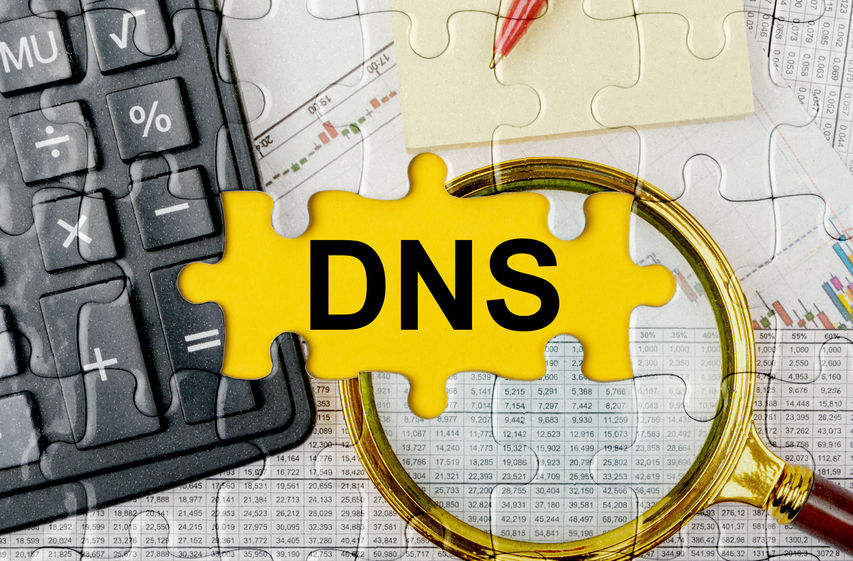DNS propagation is a part of the challenging game, which the Internet is. When you are managing a network or a website, it will require regular changes to your strategy. Developing a more efficient, visible, competitive experience is the common reason for the change. For this to happen, administrators have to perform DNS modifications.
What is DNS propagation?
DNS propagation is the process of updating and spreading all of the new modifications you make in the Domain Name System (DNS). And that is all over the network.
If you own an online business or maintaining a network, you know that this requires constant changes on the DNS. Updating, adding a new DNS record, or editing another to replace IP addresses are possible scenarios. In addition, maybe you would want to change time-to-live (TTL) values, redirect users to particular subdomains, implementing an SSL certificate, routing your email, and many more options can accrue.
Whatever changes you would like to make are going to be saved on one authoritative server. The catch is that there are more DNS servers on the network. Such as recursive DNS servers, which are located at many points on the planet. Every one of them has to be updated with various modifications. If it happens otherwise, they will not operate completely.
We should not forget that all of those servers are an essential part of the DNS resolution process.
How does it work?
Many situations require a DNS change. For example, when you change your hosting provider, renew a website, redirecting from the primary domain to subdomains, implementing new services (FTP, email, etc.). All of these activities need creating or editing DNS records.
These modifications are performed right on the authoritative server. When you save the changes there, the updating process has to happen. Each DNS server on the network has to receive a copy with the new records.
In some countries, users can receive the new version of your website quicker, while other regions are still receiving the older one. This is because the DNS propagation process doesn’t happen at the same time for all servers.
What affects the DNS propagation?
The factors, which are following are ones of the basic:
- Internet service providers (ISPs) servers. They work with their individual recursive servers, and their purpose is to prevent slow traffic. To stress less their servers, they could use longer TTLs and give a faster response to users via their cache. Those servers can cause a delay in your DNS propagation while you are following their TTLs and not your own.
- Time-to-live (TTL) value. TTL is a very helpful tool to estimate the time-lapse for DNS data to exist on a device. Once that time expires, your device will search for the newest versions of the DNS data. Administrators usually set up TTL, which is longer for information that is not changed daily. It actually depends on the network’s needs and the website. So, there is not a set rule. Just know that the longer TTL values will take longer DNS propagation.
- Domain name registrar. If you get a new domain name with a registrar or switch your site’s authoritative name server, you have to be registered on the most high level of the DNS hierarchy. Root servers set longer TTLs for security and efficiency.


